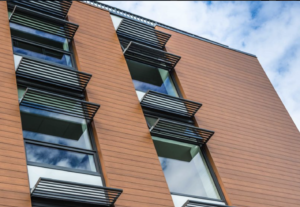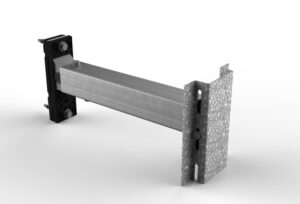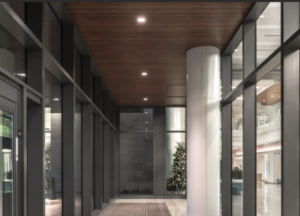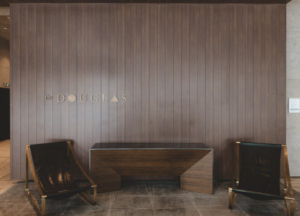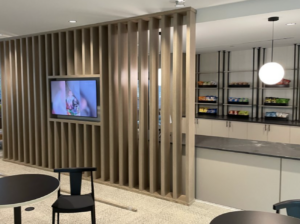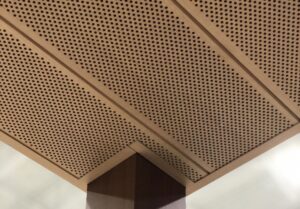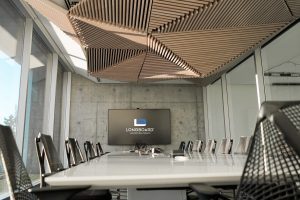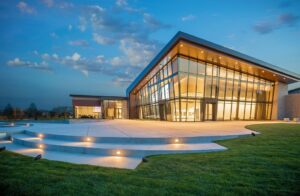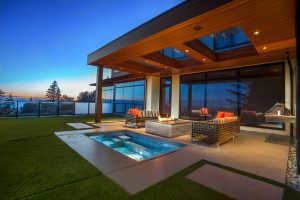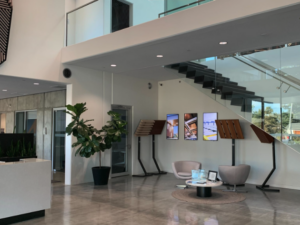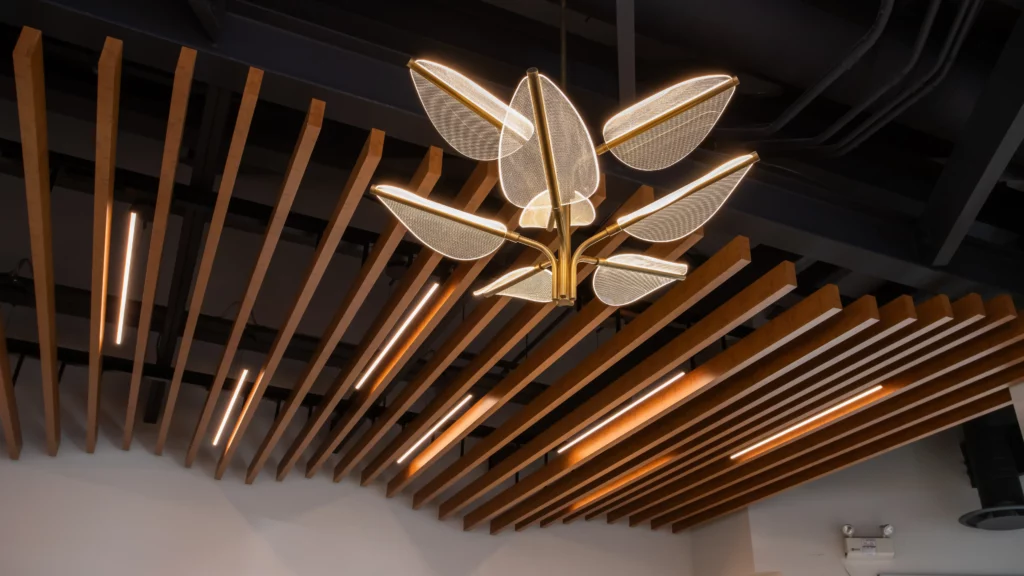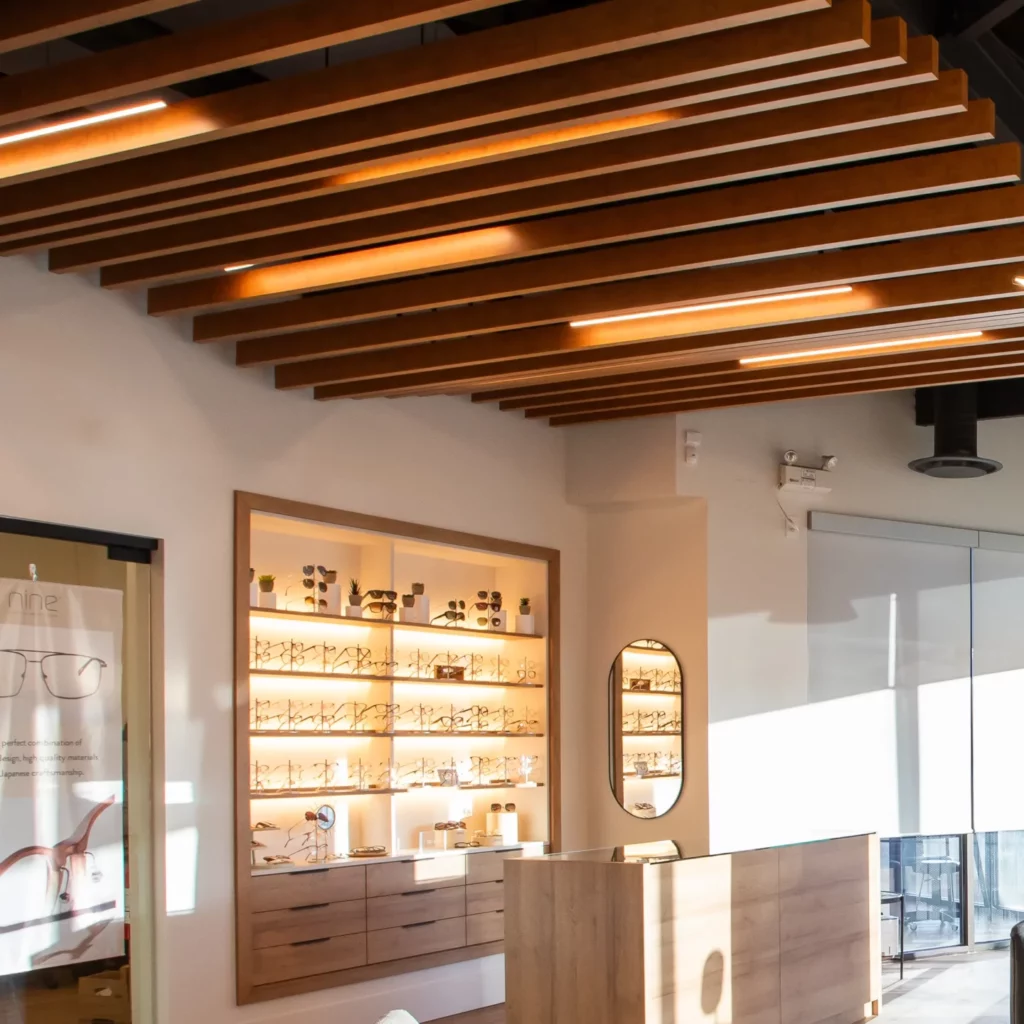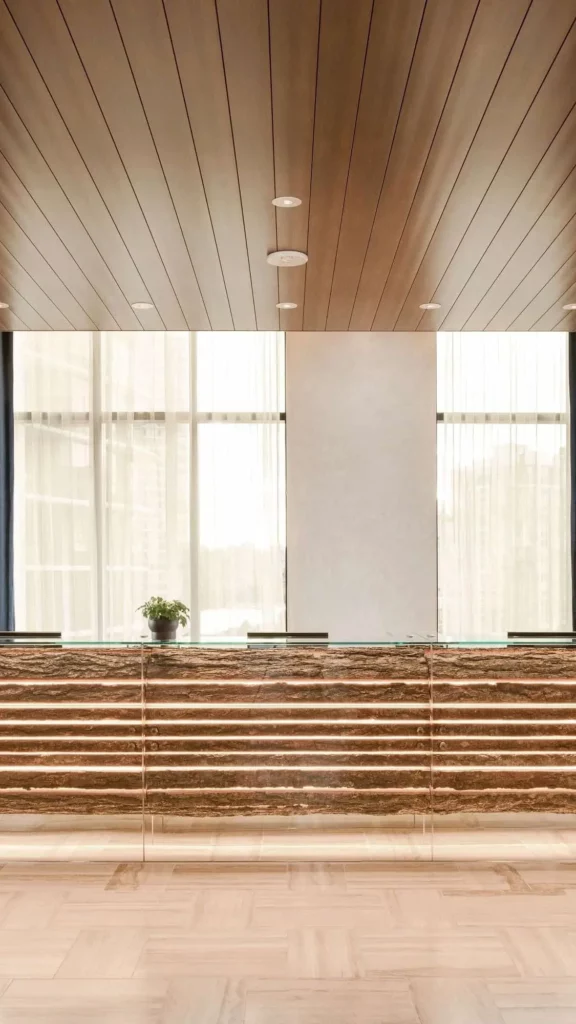Integration of Lighting Within Ceiling Systems
Lighting is a fundamental element in shaping both the atmosphere and functionality of any space. The thoughtful integration of lighting into ceiling designs can elevate a room’s aesthetic while enhancing its usability. Whether subtle and functional or bold and artistic, the interaction between lighting and ceiling architecture plays a crucial role in creating a complete and harmonious environment. This article explores the intricate relationship between lighting and ceiling design, offering insights into various design styles, technological innovations, and best practices.
Understanding the Importance of Lighting in Design
Lighting serves two primary purposes: functionality and ambiance. Functional lighting ensures that spaces are well-lit for specific tasks, while atmospheric lighting helps create a mood and enhance the overall design aesthetic. To achieve both effectively, lighting should be considered early in the design process, particularly when working with ceilings.
Ceilings offer expansive, often underutilized surfaces where lighting can be seamlessly integrated. By incorporating lighting into ceiling systems, designers can avoid cluttering walls with fixtures and allow for broader, more even illumination. When done thoughtfully, the ceiling becomes a key architectural element, amplifying the room’s design while maintaining functionality.
Layering Lighting for Maximum Impact
Effective lighting design requires layering different types of light to serve varied purposes:
- Ambient Lighting: General lighting that provides overall illumination.
- Task Lighting: Focused lighting for specific activities, such as reading or cooking.
- Accent Lighting: Lights that highlight features like artwork, architectural details, or textures.
Layering these different types of lighting ensures functionality and enhances aesthetic appeal. A balance of ambient, task, and accent lighting can transform any space, making it both practical and visually appealing.
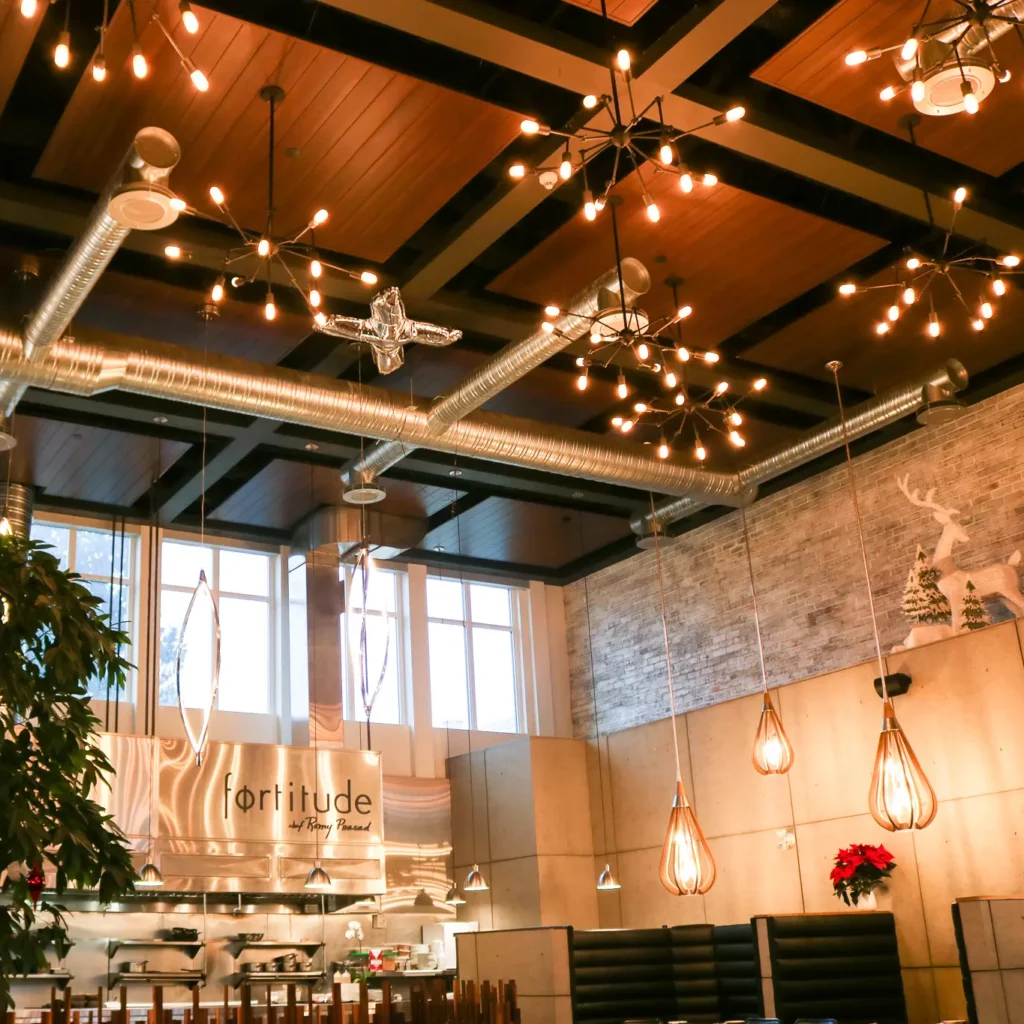
The Science Behind Lighting Design
Understanding the technical aspects of lighting is crucial for creating effective designs. Key factors to consider include:
Lumens, Color Temperature, and CRI
- Lumens measure the total amount of visible light from a source. Higher lumen ratings indicate brighter light.
- Color temperature, measured in Kelvin (K), determines the color of emitted light. Lower temperatures (2000-3000K) produce warm light, while higher temperatures (4600-6500K) give off cool, bluish light.
- The Color Rendering Index (CRI) gauges a light source’s ability to reveal true colors compared to natural light. A CRI of 80 or higher is considered good for residential lighting.
Energy Efficiency and Sustainability
With growing concerns about energy conservation and sustainability, lighting designers are increasingly incorporating energy-efficient solutions. LED lights, for instance, consume less energy than traditional incandescent or fluorescent bulbs while providing the same amount of light. Smart lighting systems with sensors and timers can also reduce energy consumption by adjusting light levels based on natural light availability and room occupancy.
Innovative Approaches to Lighting and Ceiling Design
Seamless Integration for a Minimalist Approach
For minimalist designs, lighting should enhance the space subtly, without being the focal point. Achieving this requires thoughtful integration with the ceiling design, ensuring that the lighting complements the clean lines and open spaces.
Design Strategies:
- Recessed Lighting: Install recessed fixtures for smooth, ambient lighting that doesn’t intrude on the design. Consider placing these along the room’s perimeter for an even, diffused effect.
- Linear Lighting: Utilize slim, linear LED strips along ceiling edges or structural lines to maintain the minimalist aesthetic. The lighting should appear almost hidden, enhancing the space without overwhelming it.
- Ceiling Systems: Longboard’s Endura Linear system offers a perfect backdrop for recessed or linear lighting. Its clean lines and precise installation allow lighting to blend seamlessly into the architecture, keeping the space free of visual clutter. This system pairs well with hidden lighting elements, supporting both form and function in minimalist spaces.
By focusing on understated lighting solutions, minimalist designs achieve a balance of simplicity and elegance, with light serving the space in the most unobtrusive way.
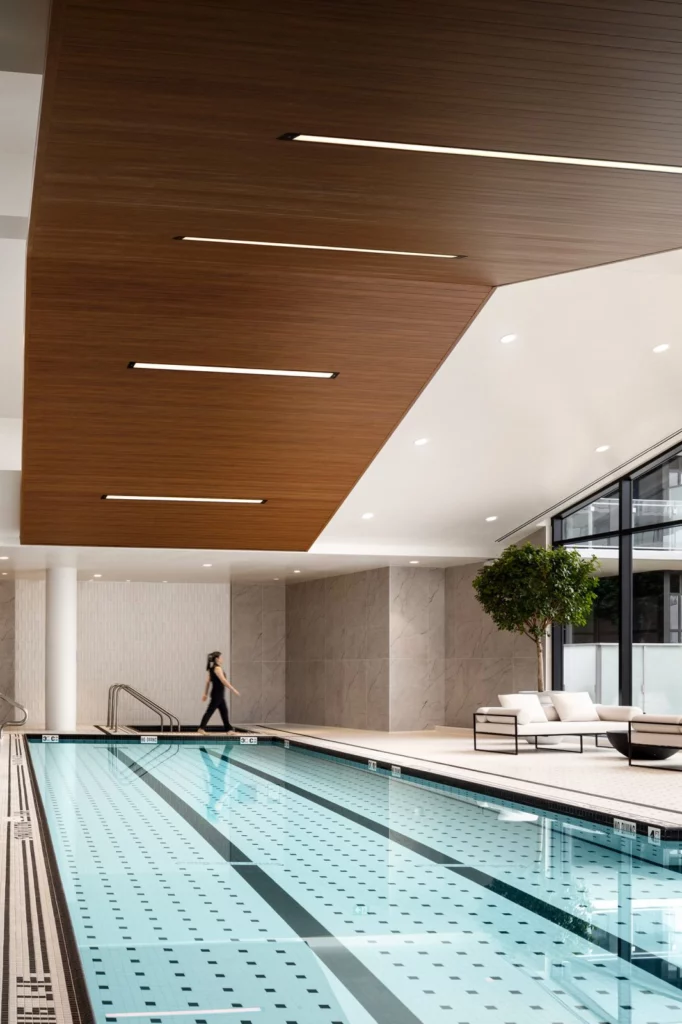
Artistic Expression Through Lighting
For designers who treat ceilings as canvases for creative expression, lighting becomes a transformative tool. The right design can turn a ceiling into an artistic focal point, adding drama and intrigue to the space.
Design Strategies:
- Layered Lighting: Incorporate multiple layers of light to create depth. Use ambient lighting as a base, then add accent lights to highlight key architectural features or artwork. Finish with decorative fixtures for artistic flair.
- Focal Points: Make lighting a central design element. Use statement fixtures like pendants or chandeliers to draw attention to specific areas, and pair them with ceiling systems that enhance these artistic focal points.
- Sculptural Ceiling Systems: Longboard’s Dauntless or Intrepid Beam systems provide the perfect backdrop for creative lighting. With customizable layouts and configurations, these systems interact dynamically with lighting to produce bold visual effects. Backlighting or strategically placed spotlights can further enhance the sculptural quality of the ceiling.
Artistic lighting transforms ceilings into visual spectacles, where light and structure work together to craft unique, inspiring spaces.
Lighting for Well-Being and Comfort
In spaces focused on wellness, lighting plays a critical role in promoting relaxation, productivity, and overall well-being. Designs centered on comfort prioritize lighting that mirrors natural cycles and creates a serene environment.
Design Strategies:
- Human-Centric Lighting: Opt for adjustable lighting systems that change color temperature and intensity throughout the day to mimic natural light cycles. Use cooler, brighter lighting during the day to boost productivity, and warmer tones in the evening to foster relaxation.
- Biophilic Elements: Integrate lighting that enhances connections to nature. Consider placing fixtures near windows or skylights to amplify natural light, and use materials like wood to bring warmth into the space.
- Ceiling Systems with Natural Appeal: Linear ceilings, featuring woodgrain finishes, provides an ideal surface for diffused lighting. This combination brings warmth and tranquility to the space, supporting biophilic design principles. When paired with human-centric lighting, it creates an environment conducive to well-being, aligning both light and structure with natural rhythms.
By focusing on natural light and biophilic design, lighting in wellness-focused spaces becomes a tool for enhancing comfort and supporting mental and physical well-being.
Choosing the Right Ceiling System for Lighting Integration
Selecting the right ceiling system is crucial to achieving the desired lighting effect. Some systems are designed specifically for easy integration with various types of lighting, while others offer more flexibility in customization.
When choosing a ceiling system, consider the following:
- Aesthetic Goals: Is the lighting meant to stand out or blend into the background?
- Functionality: Does the space require more task lighting or ambient light?
- Materials and Durability: Ensure the ceiling system can support the type of lighting you plan to use and is durable enough for long-term installation.
- Customization Options: If you’re looking for a unique design, choose a system that offers flexibility in layout and materials.
Longboard’s ceiling systems are designed with these considerations in mind, offering versatile options that seamlessly integrate lighting while supporting various design goals. Whether you’re aiming for sleek minimalism, artistic expression, or a wellness-focused environment, Longboard products provide the foundation for successful lighting integration.
The Role of Professionals in Lighting Design
While DIY approaches can be cost-effective, professional lighting designers bring expertise that can significantly enhance the outcome of a lighting project. They understand the complex interplay of art, science, and architecture in creating effective lighting schemes. Lighting designers can:
- Evaluate spaces and create comprehensive lighting plans
- Leverage knowledge of the latest technologies and fixtures
- Ensure compliance with industry standards and regulations
- Collaborate with architects and interior designers for a cohesive look
Conclusion
As technology continues to advance and our understanding of light’s impact on human well-being grows, the future of lighting and ceiling design looks bright. From smart, energy-efficient systems to human-centric lighting solutions, the possibilities for creating beautifully lit, functional spaces are expanding. By understanding the principles of good lighting design and staying informed about innovative technologies, designers and homeowners alike can create environments that are not only visually stunning but also supportive of health, productivity, and overall quality of life.
About Longboard Architectural Products
Longboard Architectural Products is committed to inspiring the design and construction community with innovative architectural solutions that breathe life into their projects. Our diverse range of aluminum products, spanning from aluminum ceiling systems to screens & partitions and beyond.
We prioritize innovation, quality, and sustainability, ensuring that each product is aesthetically pleasing, environmentally responsible, and durable.

